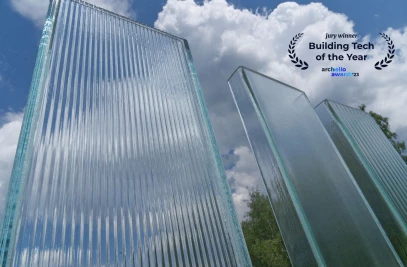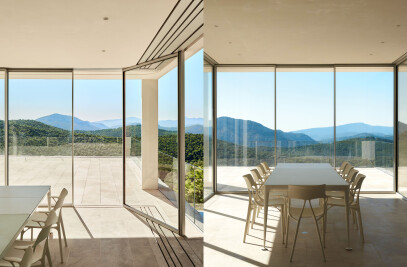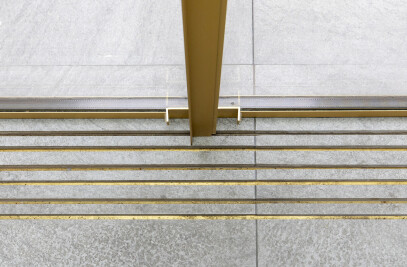98-100 De Beauvoir Road is a sophisticated adaptive reuse project located in De Beauvoir Town, Hackney, a predominantly residential neighborhood in central London. In its design for the project, London-based architecture studio Henley Halebrown remodeled a 2,500 square meter industrial building constructed in the nineteenth century into a campus-like collection of studio workspaces intended for local emerging creatives.
This retrofit project retained much of the existing fabric and embodied energy by giving new life to the brickwork, timber, cast iron and in-situ concrete frame. The original craft-based, low-tech building techniques are highlighted, while new architectural elements were designed accordingly: pared down and robust, to endure with little maintenance while illustrating how the lasting qualities of building traditions can be transferred to contemporary architecture.
Henley Halebrown emphasized the incorporation of social spaces to encourage users to interact and meet one another. The remodeling thus incorporated well-ventilated communal areas, shared external spaces and generous external circulation. A pair of interlocking courtyards removed from the street function like quiet outdoor rooms. Their walls are lined with the original pink fletton brickwork, and the floors in brushed pink concrete. Within the larger court, a loggia balanced on a single line of steel columns establishes a habitable new threshold and an alternative route to and from the program at roof level.
Particular attention was made to the design of the staircases, rendering them architectural features. In one case, a new staircase was inserted through a series of cuts made through the original timber floors. The concave and convex cuts vary in their shape and location, into which a steel staircase has been suspended. Looking upwards from the ground floor one sees a complex collage of joists and floorboards emphasized by natural light.
The most interesting spaces added to both buildings can be found at the new rooftop level. In one building, a new glazed steel and timber structure is protected from the low sun to the west by a precast white concrete loggia. And in the other, an additional rooftop pavilion frames a narrow court. The repeating and connected pitched volumes here feature an exposed timber structure. “The forms are phototropic, they rise towards the high sun in the south,” says Simon Henley, a Principal at Henley Halebrown. “Inside the individual roof forms spatialise and humanize what would otherwise be an open plan. Each roof and skylight gives scale to the space.” The walls and roofs of the studios are wrapped on the exterior in a black EPDM rubber to homogenize the forms and render them as monolithic, as well as to contrast with the existing brick buildings, according to Henley.
























































